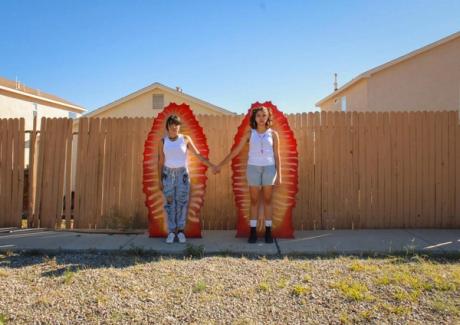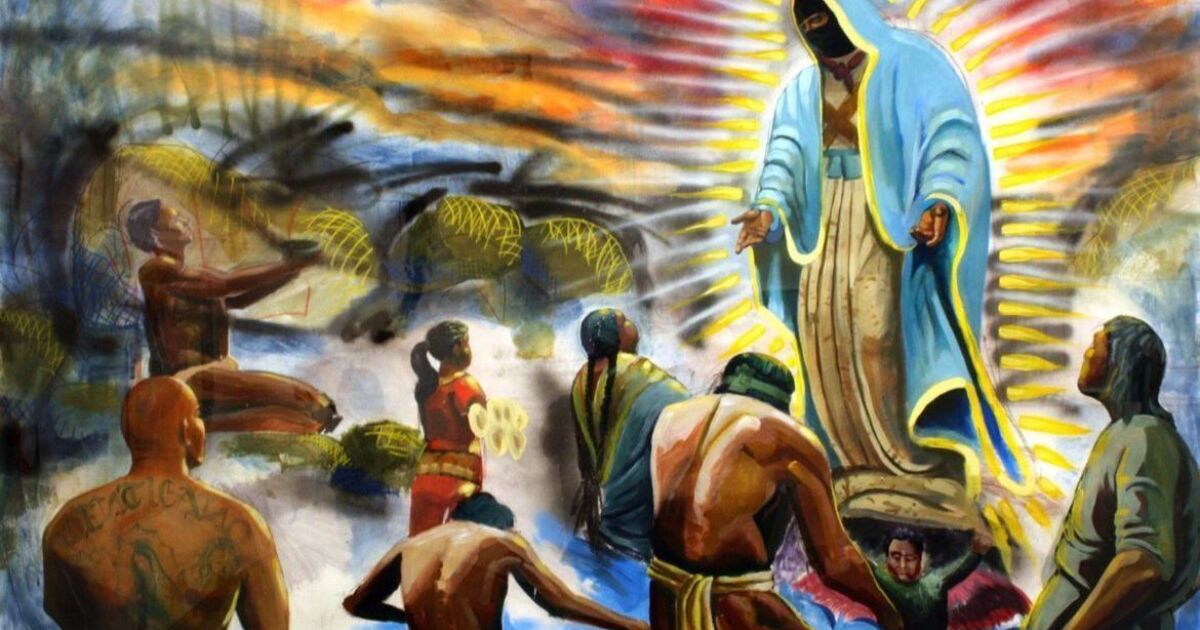torii series
- Photography (Photography)
Motoyuki Shitamichi
Motoyuki Shitamichi launched his Torii project in 2006. He proceeded to visit and photograph torii that are situated outside Japan’s current national border. Expansionist Japan constructed numerous torii during its occupation of the Northern Mariana Islands (now a U. S. territory), Northeast China (former Manchuria), Taiwan, South Korea, and Sakhalin (the eastern most area of Russia). Shitamichi ’ s work shows that, after World War II, the torii structures and their uses changed to suit local cultures and lifestyles in the respective countries. In Saipan, torii remain intact at cemeteries; those in South Korea have been destroyed and no longer exist. In Taichung City, a torii is laid on its side and used as a park bench. Many of the torii, which represent a symbolic shape in Shintoism, lost their significance. In this way, Shitamichi focuses on how symbolic shapes can be transformed into simple objects. Traditionally torii are considered as barriers (borders) to distinguish the sacred from the secular. In fact, Shitamichi’s torii project is synonymous with his discussions about borders. Torii located outside Japan’s national border look different depending on the historical view, political situation, and culture of respective countries. The difference is attributed not only to the regime and large events such as war, but also to the gradual change in people’s daily lives. As life continues, memories of large events gradually fade due to the accumulation of small events. The consecution of small events transforms the landscape before people realize it. The torii that Shitamichi focuses on in this series encompass the time series in terms of both large historical events and small personal events. He borrows the landscape to provide the audience with opportunities to contemplate upon the visible/invisible, existent/nonexistent borders. In general, the Japanese people are too sensitive or try to distance themselves from issues regarding the national border, territory, and state, because they are not accustomed to focusing on such issues. Shitamichi boldly takes up these issues and quietly upsets the concept of “Japan” or “the Japanese people.” His works reveal relative, fluid, and personal borders that are different from those created by political ideologies or historical objectivity.
After graduating from Musashino Art University in 2001, Shitamichi traveled for four years throughout Japan and took photographs of war remains. The photographs were published in his book Bunkers , published by Littlemore in 2005. Shitamichi feels strongly that seeing and feeling the actual thing is important, which allows him to explore the memory of scenery and to determine what fades away and what stays. He uses photographs, writings, diagrams and maps to illustrate the scenery through the aspects of archeology and presence. His work has been exhibited widely in Japan.
Colors:
Related works sharing similar palette
» see more

© » KADIST
Lucas Blalock
2011Compositions such as Tree on Keystone (2011) become hyperreal versions of their real-world equivalents...
Related works found in the same semantic group
» see more

© » THEARTNEWSPER
Border Biennial showcases art across the Texas-Mexico border Art market Museums & heritage Exhibitions Books Podcasts Columns Technology Adventures with Van Gogh Search Search Exhibitions news Border Biennial showcases art across the Texas-Mexico border It’s the first physical iteration of the El Paso and Juárez exhibition in five years, after the onset of the Covid-19 pandemic shut down the 2020 edition Carlie Porterfield 15 December 2023 Share Pico del Hierro-Villa's Las Virgencitas Enamoradas (2022) Courtesy of the artist The Border Biennial, which celebrates art and culture across the US-Mexico border, is returning for the first time since the onset of the Covid-19 pandemic and related travel restrictions interrupted the 2020 edition of the event...

© » KADIST
Claudia Andujar
1984In 1980, with the construction of highways in Indigenous territories, an epidemic was brought to the Yanomami region...

© » KADIST
Claudia Andujar
1984In 1980, with the construction of highways in Indigenous territories, an epidemic was brought to the Yanomami region...




